There’s been a clutch of middle-aged danseuses taking leave of life in one way or another recently. We’ve seen the abject (Mariinsky star Diana Vishneva’s solo show at the Coliseum) and the magnetic (Alessandra Ferri mournfully channelling Virginia Woolf at the Royal Ballet). A fortnight ago, the Paris Opéra’s aristocratic Aurélie Dupont retired from the stage in one of her great roles, as did American Ballet Theatre’s stellar women Paloma Herrera and Xiomara Reyes in New York.
Already a subscriber? Log in
Subscribe for just $2 a week
Try a month of The Spectator Australia absolutely free and without commitment. Not only that but – if you choose to continue – you’ll pay just $2 a week for your first year.
- Unlimited access to spectator.com.au and app
- The weekly edition on the Spectator Australia app
- Spectator podcasts and newsletters
- Full access to spectator.co.uk
Unlock this article
You might disagree with half of it, but you’ll enjoy reading all of it. Try your first month for free, then just $2 a week for the remainder of your first year.

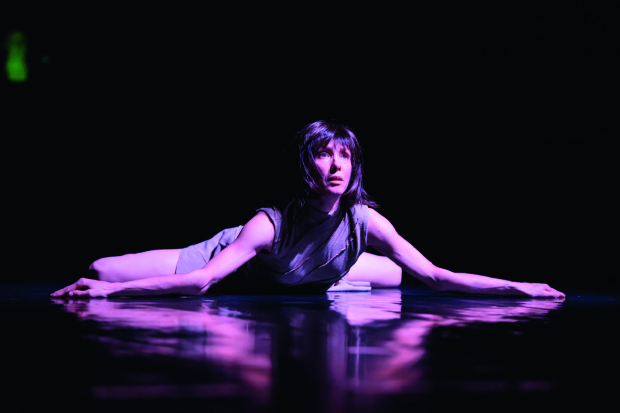
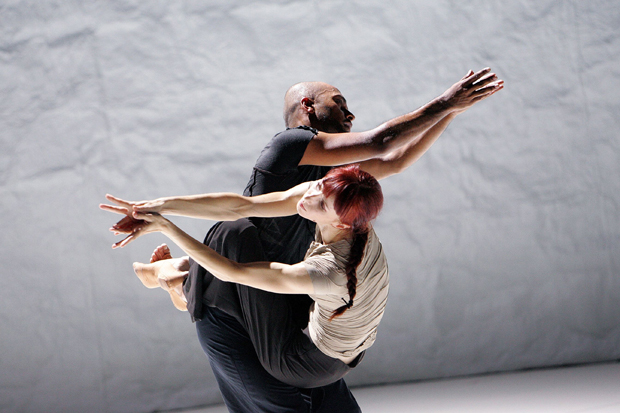
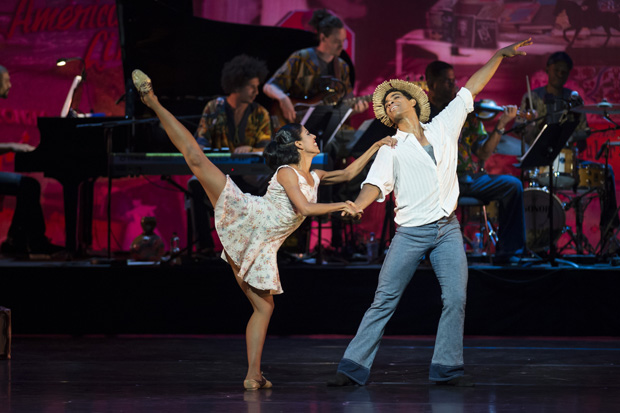
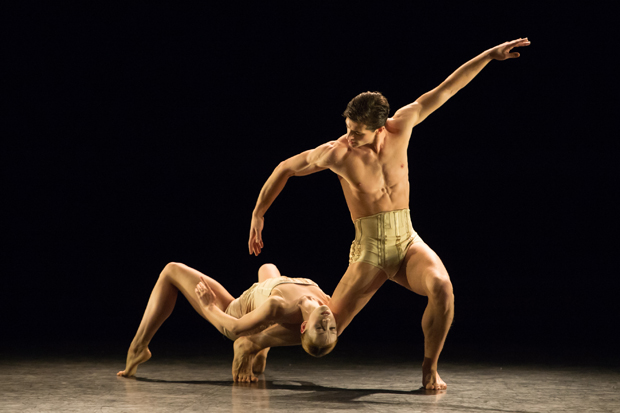
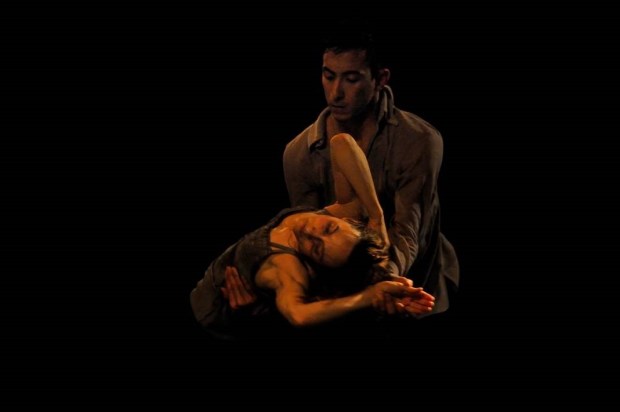
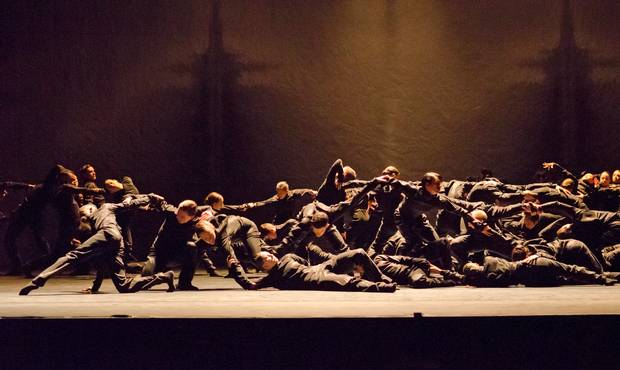
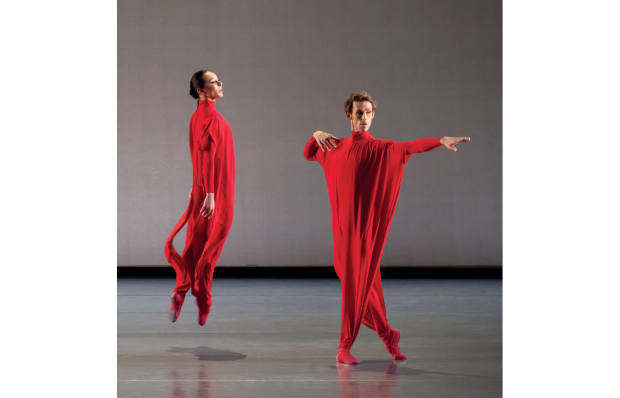






Comments
Don't miss out
Join the conversation with other Spectator Australia readers. Subscribe to leave a comment.
SUBSCRIBEAlready a subscriber? Log in